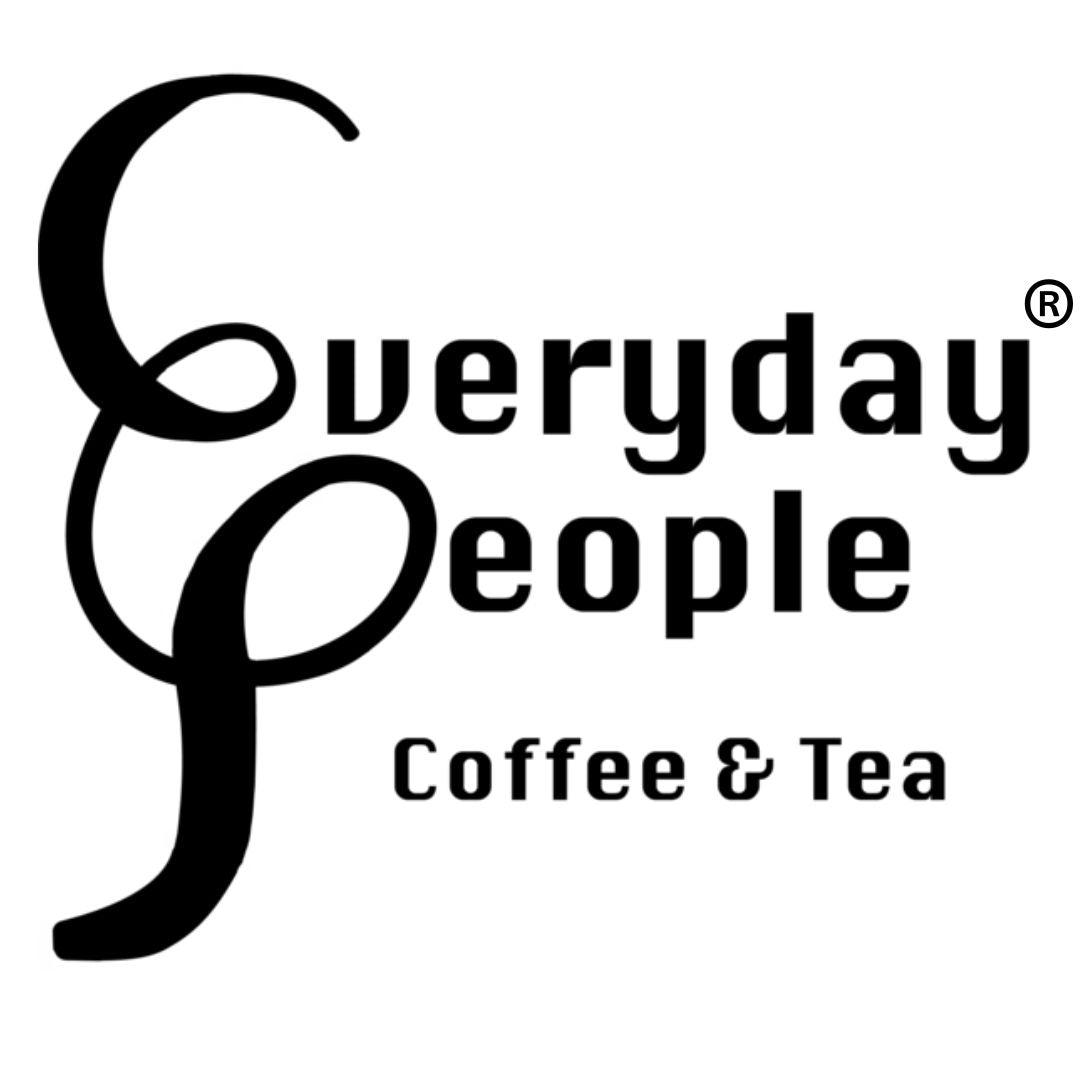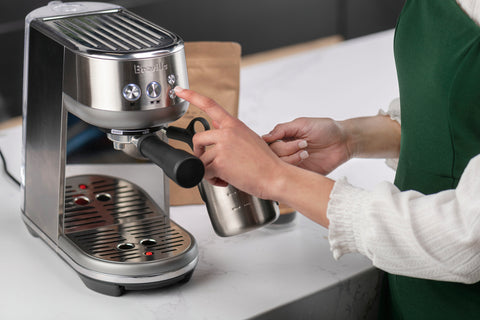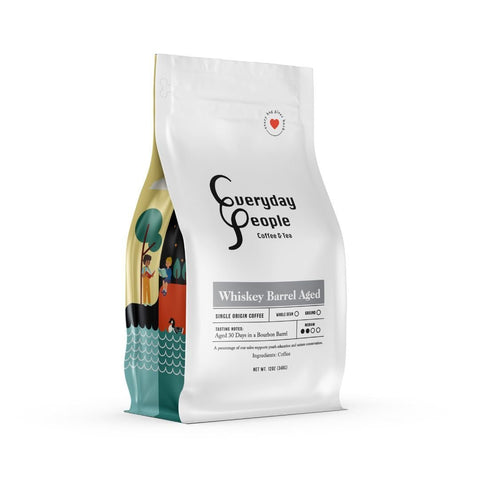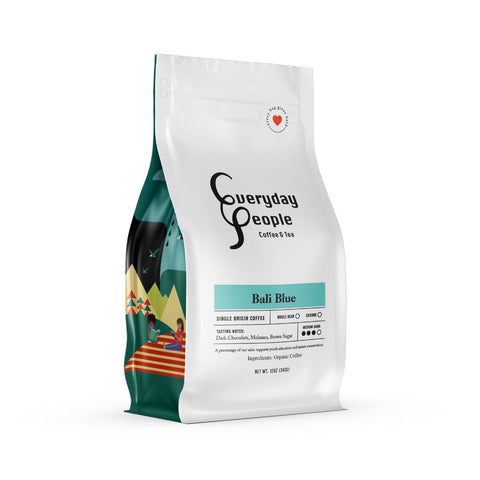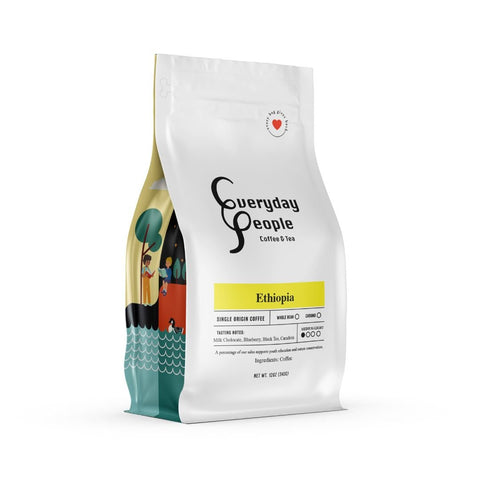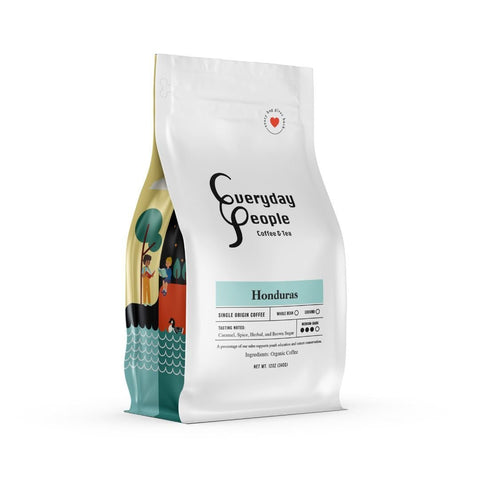Finding the perfect espresso machine that delivers café-quality shots without breaking the bank can feel overwhelming. With dozens of models flooding the market, how do you choose the right one for your home? We've tested and researched the top espresso machines under $500 to bring you this comprehensive 2025 guide.
Why Invest in an Espresso Machine Under $500?
The sub-$500 espresso machine market has exploded with innovation in recent years. Many espresso machines under $500, like the Breville Bambino Plus or the Gaggia Classic Pro, deliver café-quality espresso without the hefty price tag of high-end models. While they may not include every premium feature, these machines offer exceptional value for home baristas.
What to Look for in a Budget Espresso Machine
Before diving into our top picks, here are the key features that separate great budget machines from mediocre ones:
Heating System: Thermoblocks are commonly found in espresso machines under $500, but a boiler is better for temperature stability. Look for machines with PID temperature control when possible.
Portafilter Size: A 58mm portafilter is the gold standard, offering better heat retention and more even extraction than smaller alternatives.
Build Quality: Stainless steel components and solid construction ensure longevity, especially important in this price range.
Pressure System: Proper 9-bar pressure is essential for extracting the oils and flavors that create authentic espresso crema.
Top 7 Best Espresso Machines Under $500 (2025)
1. Gaggia Classic Pro - The Gold Standard
Price Range: $450-$500 Best For: Serious home baristas who want traditional Italian espresso
The Gaggia Classic Pro features a 58mm portafilter and a tried-and-tested design that has made it a favorite among coffee enthusiasts for decades. This semi-automatic machine delivers consistent results with its commercial-grade portafilter and three-way solenoid valve.

Key Features:
- Commercial-grade 58mm portafilter
- 3-way solenoid valve for dry portafilter removal
- Stainless steel boiler with excellent temperature stability
- Steam wand for milk frothing
- Easy to modify and upgrade
Pros: Exceptional build quality, excellent espresso extraction, large community support for modifications Cons: Longer heat-up time, requires skill to master
2. Breville Bambino Plus - Best for Beginners
Price Range: $400-$450 Best For: Newcomers who want convenience and speed
The Breville Bambino is priced well, considering all the quality-of-life features included, including 3-second heating and pre-infusion. This compact machine is perfect for small kitchens and busy mornings.

Key Features:
- 3-second heat-up time with ThermoJet technology
- Automatic milk texturing with multiple settings
- Pre-infusion for better extraction
- Compact footprint
- 54mm portafilter
Pros: Ultra-fast heating, automatic milk frothing, beginner-friendly Cons: Smaller portafilter, limited manual control
3. Casabrews 3700 Essential - Best Overall Value
Price Range: $130-$200 Best For: Budget-conscious buyers who don't want to compromise on quality
The Casabrews 3700 Essential outperformed every machine tested in its price range and even a couple of the pricier models, making it an exceptional value pick for 2025.

Key Features:
- 20-bar pressure system
- Stainless steel construction
- Large water reservoir
- Steam wand with frothing capability
- Easy-to-use interface
Pros: Outstanding performance for the price, reliable construction, user-friendly Cons: Limited brand recognition, fewer upgrade options
4. De'Longhi Stilosa EC260 - Best Budget Option
Price Range: $150-$200 Best For: Entry-level users and occasional espresso drinkers
This ultra-affordable option provides a solid introduction to home espresso making without the premium price tag.

Key Features:
- Manual milk frother
- Removable water tank
- Cup warmer on top
- Compact design
- Simple operation
Pros: Very affordable, simple to use, compact Cons: Basic features, less durable construction
5. Miicoffee Apex - Best Features for the Price
Price Range: $400-$450 Best For: Tech-savvy users who want advanced features
The Miicoffee Apex offers PID temperature and a single boiler + thermo block configuration at a remarkable price point.

Key Features:
- PID temperature control
- Single boiler with thermoblock
- Pre-infusion system
- Steam wand for milk texturing
- Digital display
Pros: Advanced temperature control, good build quality, modern features Cons: Newer brand, limited service network
6. Ninja CFN601 Espresso & Coffee Barista System
Price Range: $250-$300 Best For: Versatility seekers who want both espresso and drip coffee
This hybrid machine offers both espresso and traditional coffee brewing in one unit.

Key Features:
- Dual functionality (espresso and drip coffee)
- Built-in frother
- Multiple cup sizes
- Programmable settings
- Glass carafe included
Pros: Versatile brewing options, space-saving design, good for families Cons: Jack-of-all-trades approach, less specialized for espresso
7. Cuisinart EM-100 - Most Reliable Budget Choice
Price Range: $200-$250 Best For: Reliability-focused users who want proven performance
A solid, no-frills machine that consistently delivers good espresso without complexity.

Key Features:
- 15-bar pressure system
- Stainless steel portafilter
- Steam nozzle for frothing
- Cup warming plate
- Simple controls
Pros: Reliable performance, easy maintenance, good warranty Cons: Basic features, limited customization
Essential Accessories for Your Home Espresso Setup
To get the most from your new espresso machine, you'll need quality accessories. Check out our brewing equipment collection for everything you need to complete your setup.
Must-Have Accessories:
Coffee Grinder: A quality burr grinder is crucial for consistent extraction. The grind size dramatically affects your espresso's taste and crema formation.
Tamper: A proper tamper ensures even compression of your coffee grounds. Look for a 58mm tamper if you choose the Gaggia Classic Pro, or match your machine's portafilter size.
Scale: Precision is key in espresso making. A digital scale helps you maintain consistent dose ratios.
Knock Box: Essential for disposing of used coffee grounds cleanly and efficiently.
Milk Frothing Pitcher: If you enjoy lattes and cappuccinos, invest in a quality stainless steel pitcher with proper spout design.
Maintenance Tips for Longevity
Proper maintenance extends your machine's life and ensures consistent coffee quality:
Daily: Rinse the portafilter and steam wand after each use. Empty and refill the water reservoir with fresh, filtered water.
Weekly: Clean the steam wand thoroughly and run a blank shot to clear any residue.
Monthly: Descale your machine using manufacturer-approved descaling solution. This prevents mineral buildup that can damage internal components.
Quarterly: Deep clean all removable parts and inspect seals and gaskets for wear.
Making the Perfect Espresso Shot
Once you've chosen your machine, follow these steps for consistently great espresso:
- Start with fresh beans: Use coffee roasted within 2-4 weeks for optimal flavor
- Grind just before brewing: Fresh ground coffee extracts better than pre-ground
- Dose accurately: Use 18-20 grams of coffee for a double shot
- Tamp evenly: Apply 30 pounds of pressure in a level, consistent motion
- Time your extraction: Aim for 25-30 seconds for a 36-40g double shot
- Monitor your crema: Rich, golden crema indicates proper extraction
Coffee Bean Recommendations
The best espresso machine is only as good as the coffee you put in it. Look for medium to dark roast beans specifically labeled for espresso. Single-origin beans can showcase unique flavor profiles, while blends often provide more consistent results.
Common Beginner Mistakes to Avoid
Using the wrong grind size: Too coarse and your shot will be sour and weak; too fine and it will be bitter and over-extracted.
Inconsistent tamping: Uneven pressure creates channeling, where water finds the path of least resistance.
Neglecting maintenance: Scale buildup affects temperature stability and can damage your machine.
Rushing the process: Great espresso requires patience and practice. Don't expect perfection immediately.
Budget Considerations and Value Analysis
When evaluating espresso machines under $500, consider the total cost of ownership. A slightly more expensive machine with better build quality often costs less long-term than a cheaper model that requires frequent repairs or replacement.
Factor in ongoing costs like:
- Quality coffee beans ($15-25/pound)
- Replacement parts and maintenance
- Accessories and upgrades
- Electricity usage
Future-Proofing Your Purchase
Choose a machine that can grow with your skills. The Gaggia Classic Pro, for example, has a thriving modification community that allows you to upgrade components over time. This approach often provides better long-term value than starting with a basic machine and replacing it entirely.
Frequently Asked Questions
Q: Can I make good espresso with a machine under $500? A: Absolutely. Modern budget machines offer excellent value and can produce café-quality espresso with the right technique and quality beans.
Q: Do I need a separate grinder? A: Yes, a quality burr grinder is essential for consistent results. Built-in grinders in this price range are often inadequate.
Q: How long do these machines typically last? A: With proper maintenance, quality machines like the Gaggia Classic Pro can last 10+ years. Budget options typically last 3-5 years with regular use.
Q: What's the difference between semi-automatic and automatic machines? A: Semi-automatic machines give you more control over shot timing and extraction, while automatic machines stop the shot automatically. Semi-automatic is generally preferred by enthusiasts.
Conclusion
The espresso machine market under $500 offers exceptional value in 2025. Whether you choose the traditional excellence of the Gaggia Classic Pro, the beginner-friendly Breville Bambino Plus, or the outstanding value of the Casabrews 3700 Essential, you'll be well-equipped to create café-quality espresso at home.
Remember, the best espresso machine is the one you'll use consistently. Consider your skill level, available counter space, and daily coffee habits when making your decision. With any of these top-rated machines and quality brewing equipment, you'll be pulling perfect shots in no time.
Start your espresso journey today and discover the joy of crafting exceptional coffee in the comfort of your own kitchen. Your morning routine will never be the same.
Looking for the perfect beans to complement your new espresso machine? Explore our coffee selection and complete your home barista setup with quality brewing accessories.
